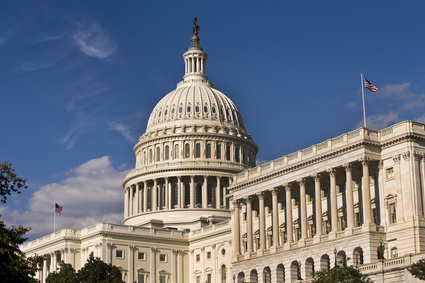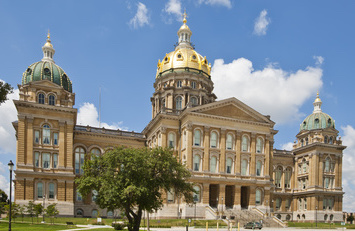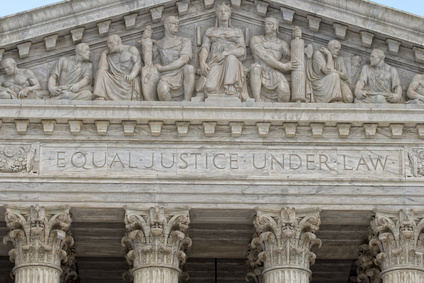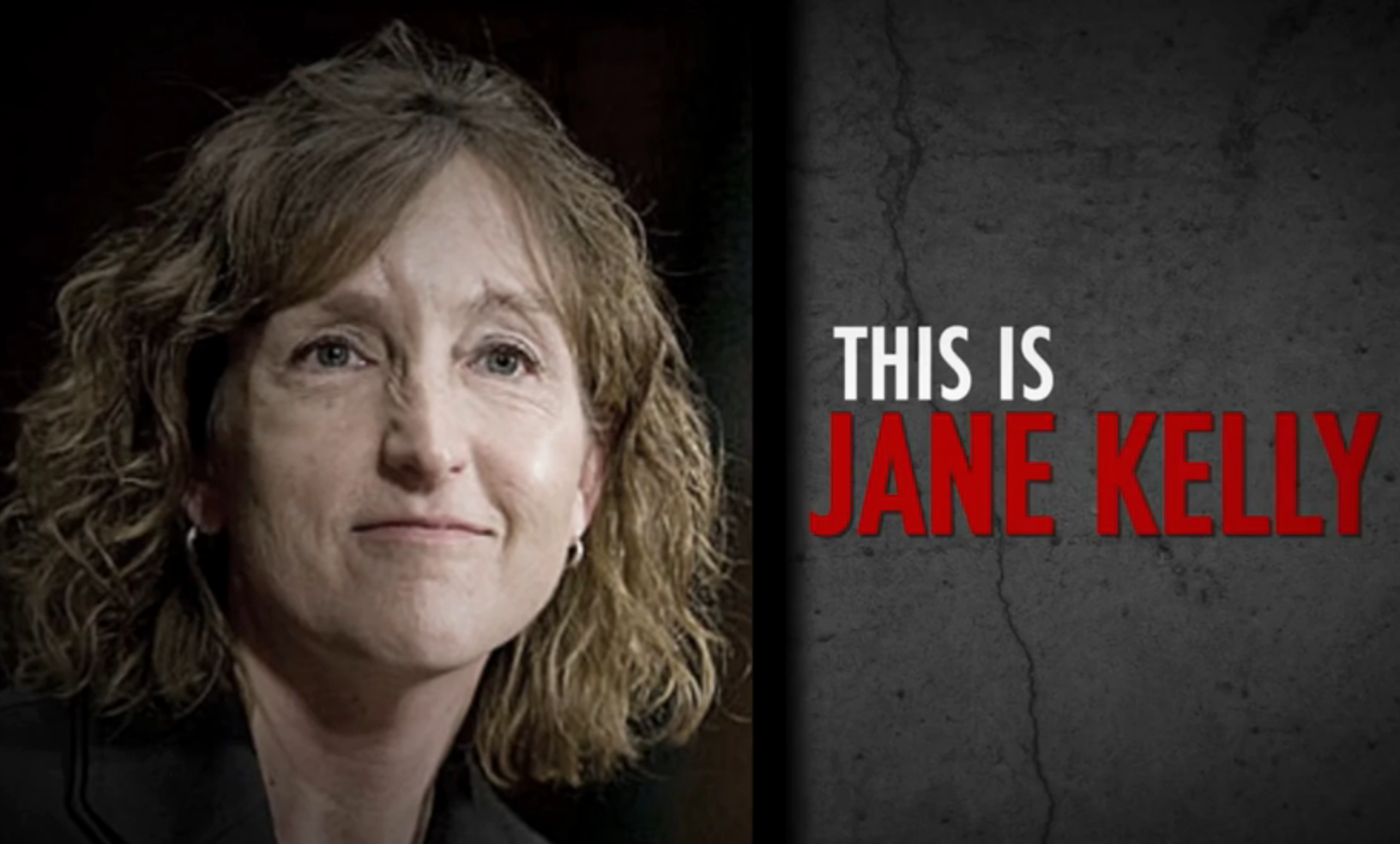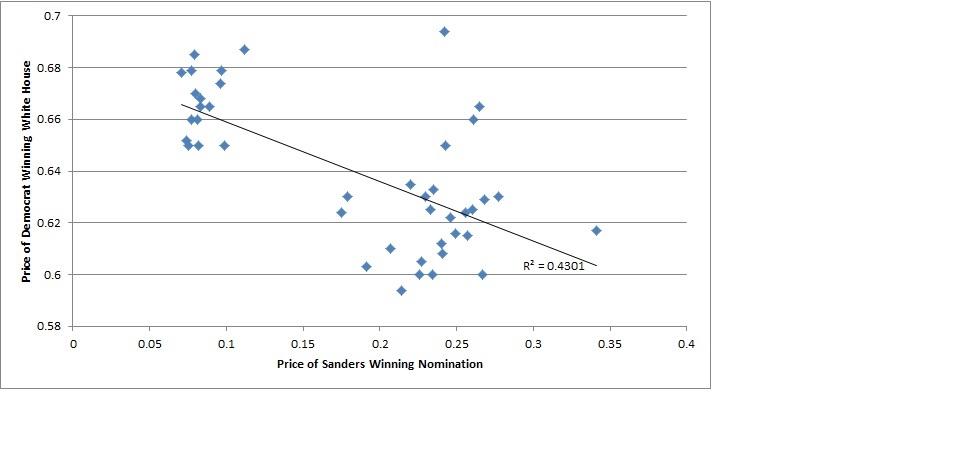Republican State Senator Mark Chelgren confirmed today that he has decided not to run for Congress in Iowa’s second district. Chelgren launched his campaign against five-term Representative Dave Loebsack last October but never filed a year-end report on fundraising and expenditures with the Federal Election Commission. I sought comment after Iowa Starting Line’s Pat Rynard reported rumors that Chelgren planned to end his Congressional bid.
Speaking by phone, Chelgren said “I do believe it is a winnable race,” but he felt the timing was wrong for his family, since his daughter is 10 years old and his son 15. “While they’re still young, I didn’t want to spend my full time fundraising and campaigning,” he explained. Based on conversations with members of Congress and other candidates, he became convinced that those activities would dominate his life if he were elected. “It’s not a question of whether or not I’m afraid to lose, at this point in my life, it’s more, what do I do if I win.” Chelgren added that he is only 48 years old and has time to think about running for Congress in the future, when his daughter is older.
Chelgren is not aware of any other Republican ready to challenge Loebsack. To appear on the GOP primary ballot this June as a candidate in IA-02, a Republican would need to submit nominating petitions with at least 1,562 signatures from a minimum of twelve counties in the district by Friday, March 18. Chelgren suggested that a candidate may be nominated at the upcoming second district Republican convention in April.
The 24 counties in IA-02 contain 160,118 active registered Democrats, 139,960 Republicans, and 180,519 no-party voters, according to the latest figures from the Iowa Secretary of State’s office. The district has a partisan voter index of D+4, meaning that voters here skewed about 4 percentage points more Democratic than voters nationally in the last two general elections. In a presidential election year, any Republican would face an uphill battle against Loebsack.
Having won his second four-year term in the Iowa Senate in 2014, Chelgren will be up for re-election to the state legislature in 2018. His seat will surely be a top target for Democrats, who have a voter registration advantage in the district that includes Ottumwa and Fairfield (map enclosed below).
MARCH 11 UPDATE: A libertarian-oriented candidate is rumored to be collecting signatures to file for the Republican primary in the second Congressional district. I do not yet have a name.
Chelgren told me yesterday that he did not have another candidate in mind but he would support any “conservative” Republican running for Congress.
Continue Reading...

